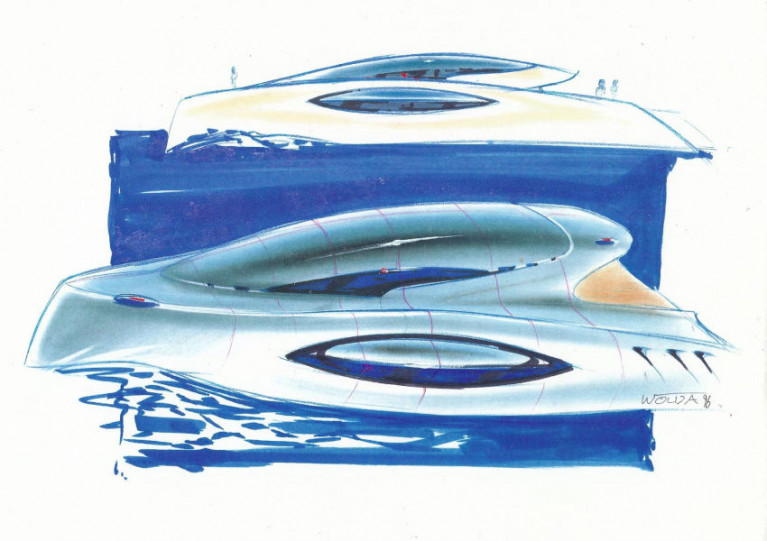Displaying items by tag: Julian Everitt
Yacht Designer Julian Everitt Is Latest Speaker In RIYC’s Members-Only Online Talks Series
The Royal Irish Yacht Club welcomes acclaimed yacht designer Julian Everitt as the latest speaker in its members-only series of online talks tomorrow evening, Wednesday 27 May.
First inspired to become a yacht designer when he saw Sceptre leaving Poole Harbour in 1958 in training for the America’s Cup, Julian Everitt produced his first full design with an RORC Rule half-tonner in 1968.
His first IOR design, for Bantam Yachts, provided the basis for a string of successful half-tonnes, then quarter-, three-quarter- and one-tonners.
Then came the E-Boat, designed in 1974 to the IOR, of which over 250 were built; the Mirador, a 20ft lifting keel yacht in collaboration with the Daily Mirror newspaper; and the radical Wavetrain, which currently sails out of Greystones.
Julian also edited Seahorse Magazine between 1970 and 1975, and has contributed to many sailing magazines and journals over the years — so expect strong views, such as his position on how ratings systems shape yacht design, and not always for the best.
Julian Everitt’s talk is part of the mini-series on yacht design that kicked off two weeks ago with Ron Holland. Only RIYC members can attend via the Zoom platform from 7.30pm on Wednesday 27 May. Contact [email protected] for details on how to attend.
























































